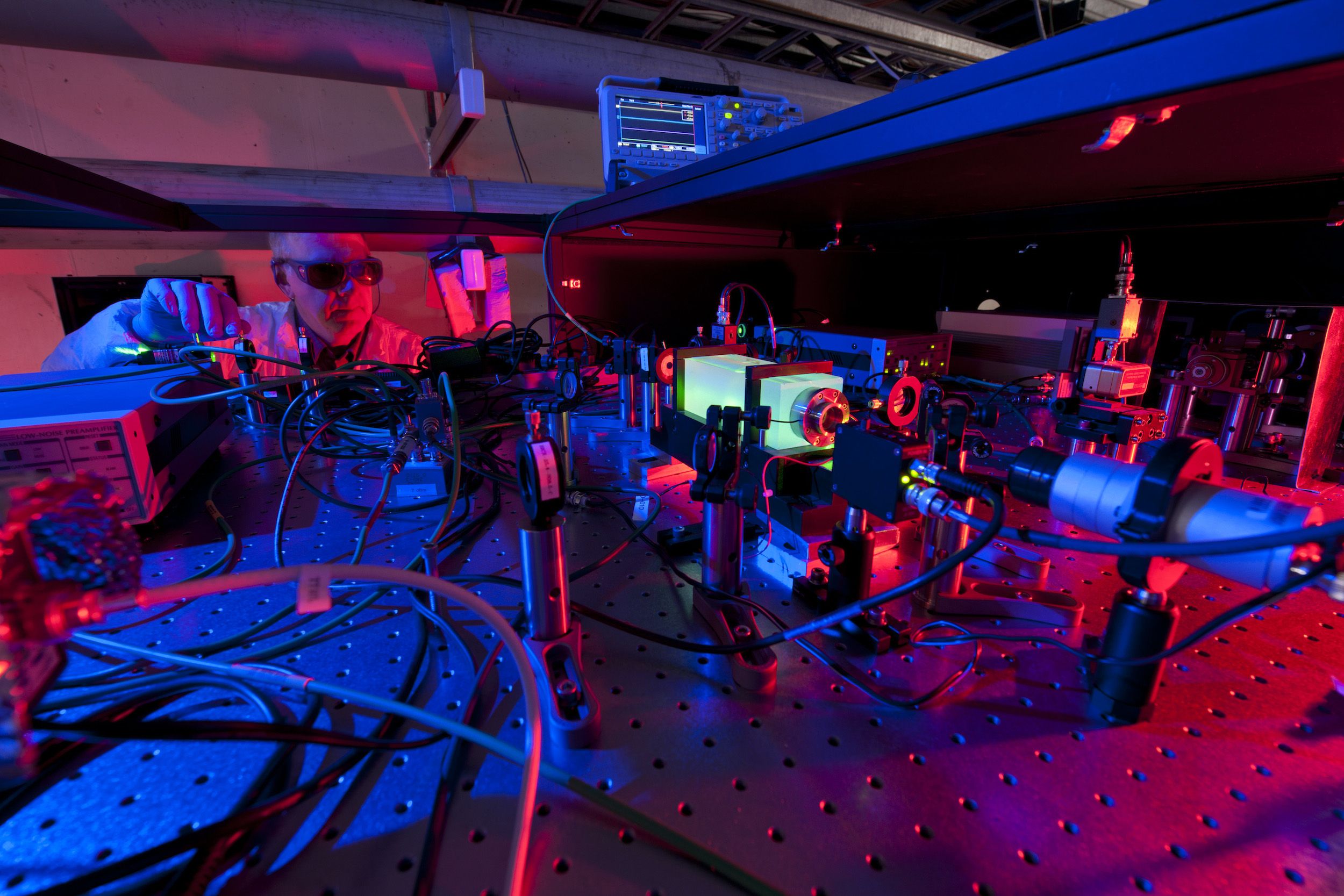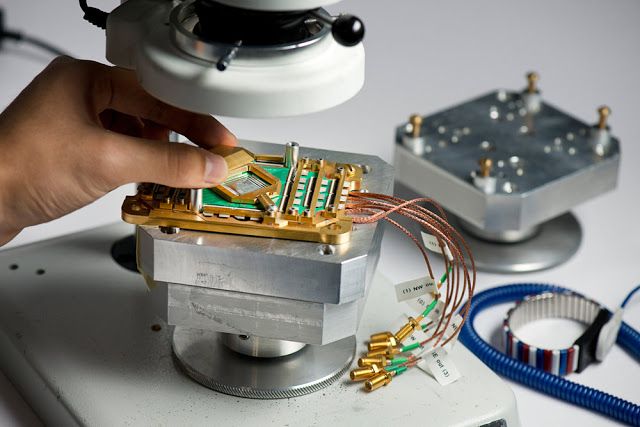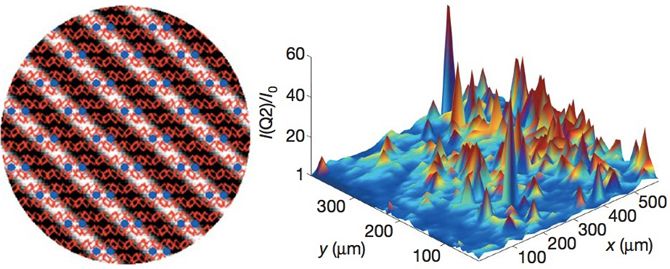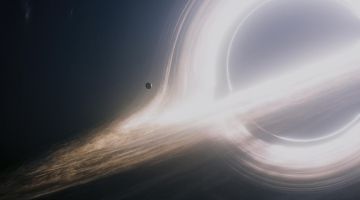Nov 21, 2015
Spooky Action Is Real: Bizarre Quantum Entanglement Confirmed in New Tests
Posted by Sean Brazell in categories: particle physics, quantum physics
It just goes to show that one of the most potent weapons in science is the ability to keep an open, critical mind.
Two recent studies have confirmed that the “spooky action at a distance” that so upset Albert Einstein — the notion that two entangled particles separated by long distances can instantly affect each other — has been proven to work in a stunning array of different experimental setups.
One experiment closed two of the three loopholes in proofs of spooky action at a distance. Another found that quantum entanglement works over astonishingly large distances. And future tests are focused on making the final loophole as small as possible. [8 Ways You Can See Einstein’s Theory of Relativity in Real Life]
Continue reading “Spooky Action Is Real: Bizarre Quantum Entanglement Confirmed in New Tests” »















